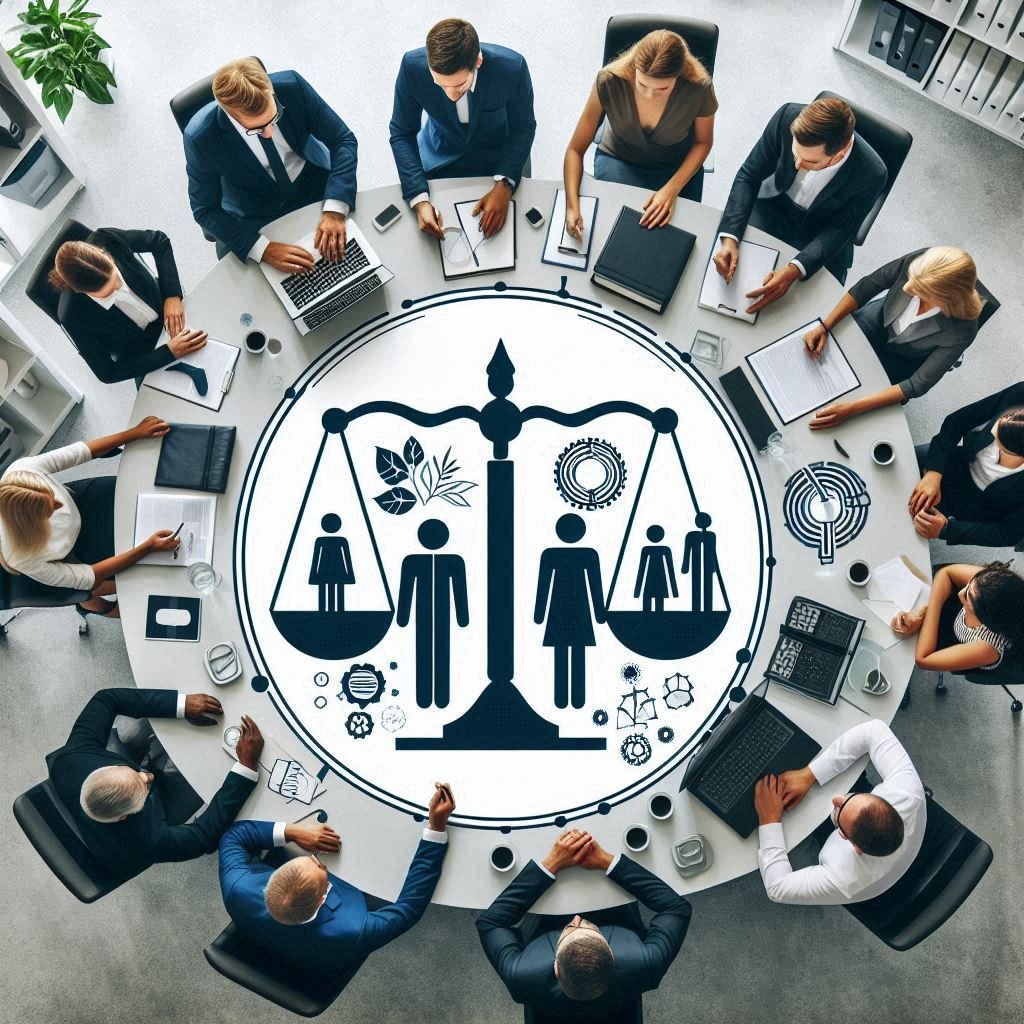Staying on the Right Side of the Law
Daimon
July 1, 2024

Staying on the Right Side of the Law
In today’s complex society, staying on the right side of the law is more important than ever. Laws govern almost every aspect of our lives, from the way we drive, conduct business, and interact with others, to how we handle personal matters like property and inheritance. Understanding and adhering to these laws not only helps us avoid legal trouble but also promotes a fair and orderly society. This article explores the importance of staying on the right side of the law, common areas where people might inadvertently break the law, and practical steps to ensure compliance.
The Importance of Law Compliance
Laws are designed to maintain order and protect the rights and safety of individuals. By adhering to legal standards, individuals contribute to the overall well-being of society. Compliance with the law ensures that:
- Order is Maintained: Laws provide guidelines for behavior, helping to prevent chaos and disorder.
- Rights are Protected: Legal frameworks protect individuals’ rights, ensuring fair treatment and justice.
- Safety is Ensured: Laws are in place to protect the physical and emotional safety of individuals.
- Economic Stability is Promoted: Business and financial laws maintain economic balance and protect consumers and businesses.
- Public Trust is Fostered: Respect for the law enhances public trust in legal and governmental institutions.
Common Areas of Legal Trouble
Even well-meaning individuals can sometimes find themselves on the wrong side of the law. Here are some common areas where legal trouble often arises:
1. Traffic Violations
Traffic laws are among the most frequently broken regulations. Common violations include speeding, running red lights, driving under the influence, and not wearing seat belts. These infractions can lead to fines, license suspension, and even imprisonment in severe cases.
2. Business and Employment Laws
Business owners and employers must navigate a complex landscape of regulations, including labor laws, tax codes, and health and safety standards. Violations can result in hefty fines, legal action, and damage to reputation.
3. Intellectual Property
Intellectual property laws protect creations of the mind, such as inventions, literary and artistic works, and symbols. Infringement, whether intentional or accidental, can lead to lawsuits and financial penalties.
4. Cybersecurity and Privacy
With the rise of digital technology, laws regarding data protection and cybersecurity have become crucial. Failure to protect personal data or comply with regulations like GDPR can result in significant legal consequences.
5. Family and Domestic Issues
Family law covers a wide range of issues, from divorce and child custody to domestic violence and inheritance disputes. Navigating these laws requires careful attention to ensure compliance and protect the rights of all involved parties.
6. Environmental Regulations
Environmental laws aim to protect natural resources and public health. Non-compliance can result in fines, cleanup costs, and reputational damage for businesses and individuals.
Steps to Ensure Compliance
Staying on the right side of the law requires proactive measures and a commitment to understanding and adhering to legal standards. Here are practical steps to ensure compliance:
1. Educate Yourself
Knowledge is the first line of defense against legal trouble. Take the time to educate yourself about the laws that apply to your daily activities, business operations, and personal affairs. This might include attending workshops, reading relevant literature, or consulting with legal experts.
2. Seek Legal Advice
When in doubt, seek legal advice. Lawyers can provide valuable guidance on complex legal issues, help you understand your rights and obligations, and represent you in legal matters. Regular consultations with legal professionals can prevent inadvertent violations and protect your interests.
3. Implement Compliance Programs
For businesses, implementing robust compliance programs is essential. This involves establishing policies and procedures to ensure adherence to legal and regulatory requirements. Regular audits, training programs for employees, and appointing compliance officers can help maintain compliance.
4. Keep Accurate Records
Accurate record-keeping is vital for demonstrating compliance with laws and regulations. This includes maintaining financial records, employee files, contracts, and other important documents. Proper documentation can serve as evidence in case of legal disputes or audits.
5. Stay Informed About Changes
Laws and regulations are constantly evolving. Stay informed about changes that may affect you or your business. This might involve subscribing to legal newsletters, joining professional associations, or attending industry conferences.
6. Foster a Culture of Compliance
Creating a culture of compliance within an organization or community promotes adherence to laws and regulations. This involves setting a positive example, encouraging ethical behavior, and fostering an environment where compliance is valued and rewarded.

Conclusion
Staying on the right side of the law is crucial for maintaining order, protecting rights, ensuring safety, and promoting economic stability. By understanding the common areas where legal trouble can arise and taking proactive steps to ensure compliance, individuals and businesses can navigate the complexities of the legal landscape effectively. Education, legal advice, compliance programs, accurate record-keeping, staying informed, and fostering a culture of compliance are all essential components of a strategy to stay on the right side of the law. In doing so, we contribute to a fairer, safer, and more orderly society, while also protecting our own interests and well-being.




